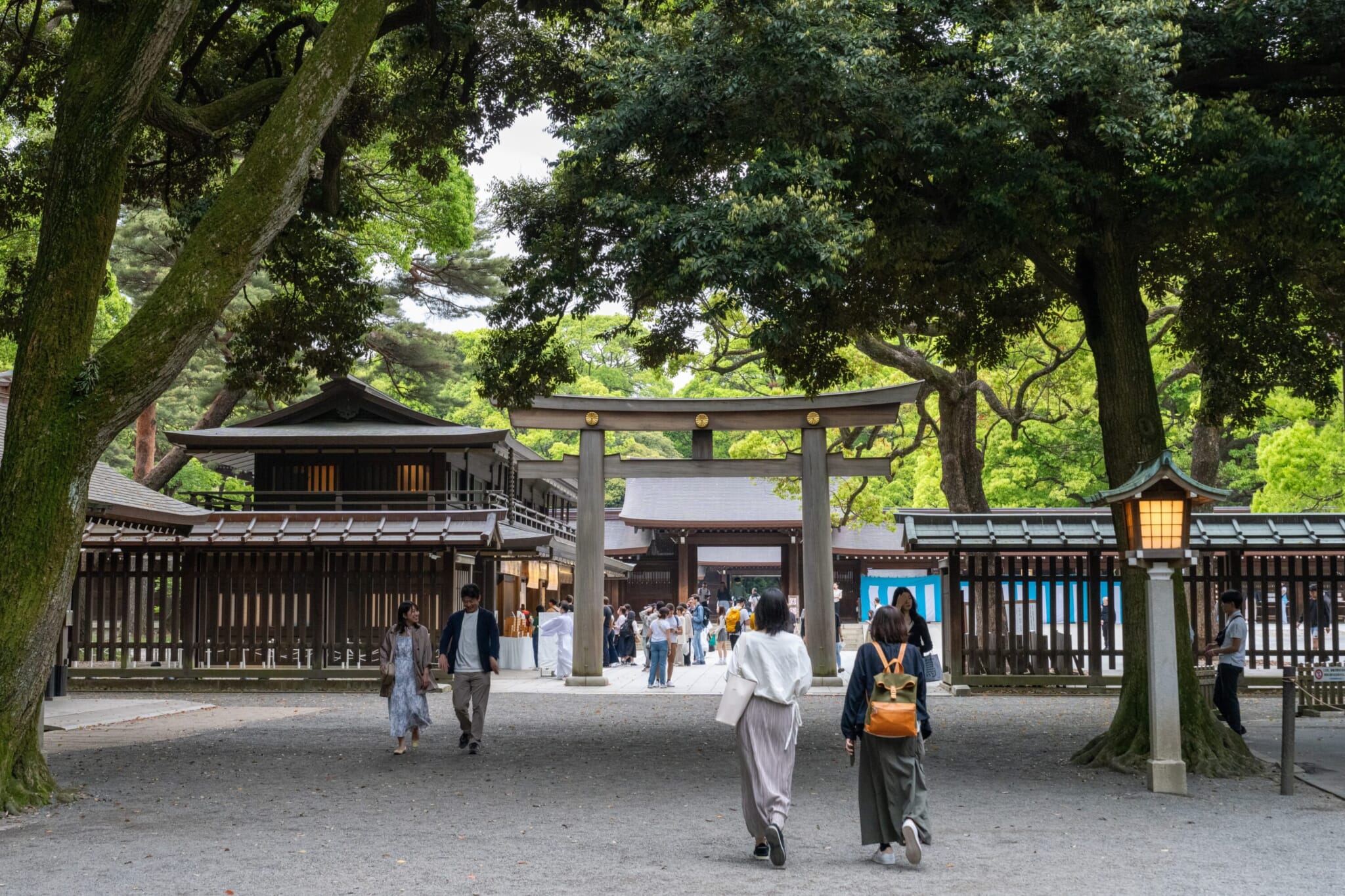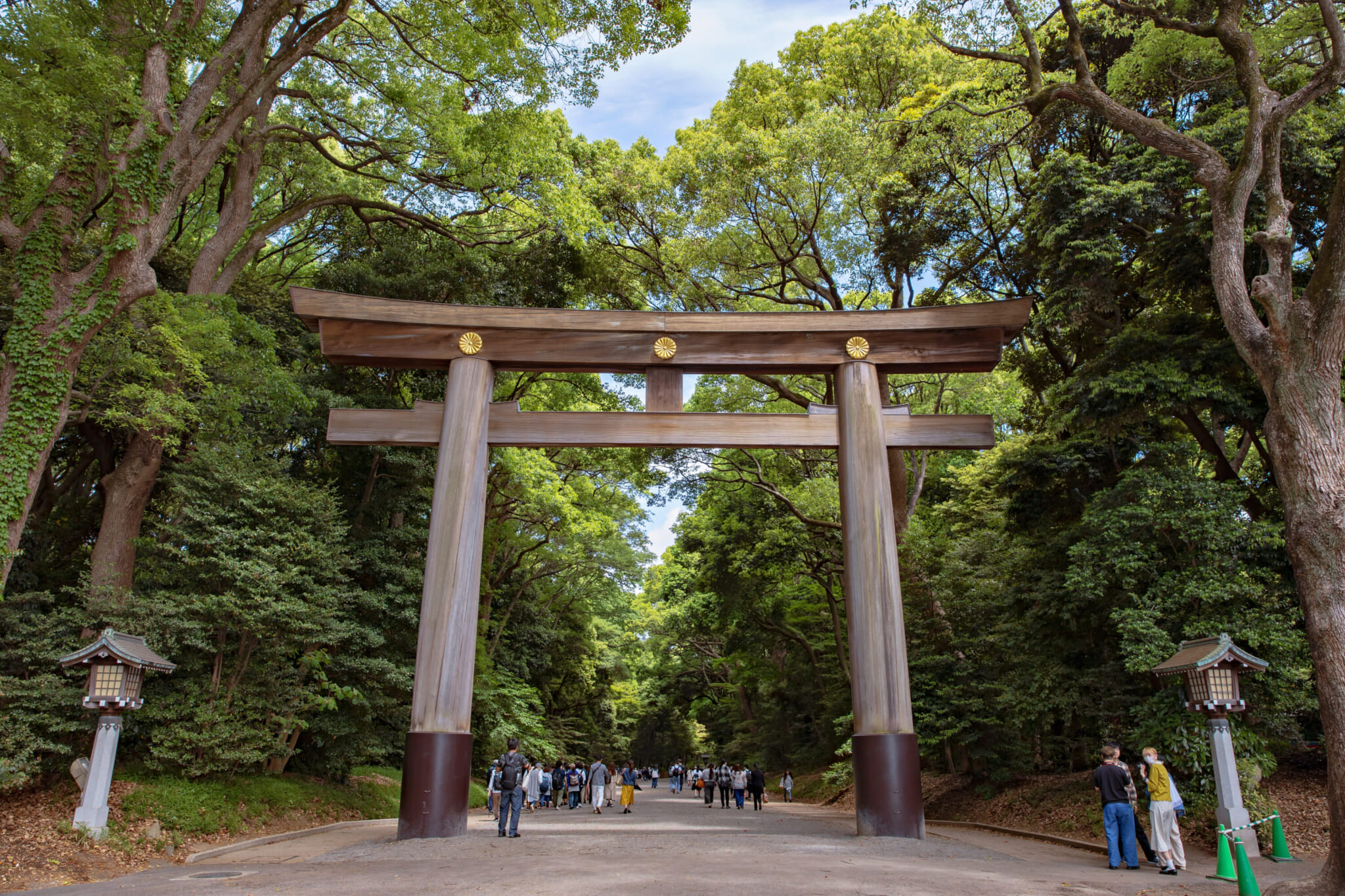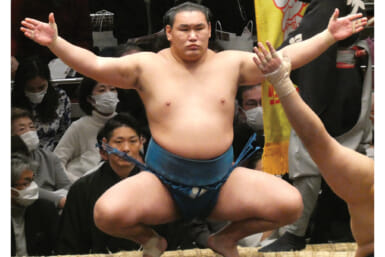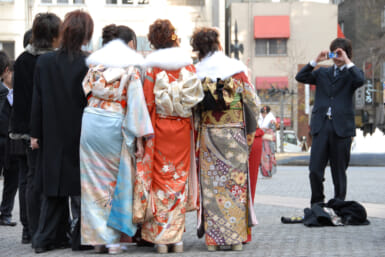A 65-year-old American tourist was arrested on suspicion of vandalism on Wednesday for damaging a torii gate at Meiji Jingu Shrine in Tokyo’s Shibuya ward. The day before, at approximately 11:20 a.m., he allegedly carved the name of a family member onto the gate with his fingernails as a prank. The Tokyo Metropolitan Police Department identified the suspect as Steve Hayes.

courtesy of Fuji News Network
Hayes arrived in Japan on Monday, November 11 with four family members for a holiday. He claims his etching was just for fun. The vandalized gate was discovered pretty much immediately by staff members that same day. Police were able to identify the suspect through security camera footage. After being found at his hotel, Hayes was detained and questioned. He admitted to the charges.
Three days before Hayes’ arrest, police found traces of what appeared to be kanji characters carved into a different torii gate at Meiji Shrine.
Tourist Vandalism Continues To Disturb Police and Locals

Since Monday, Tokyo police have also been investigating a vandalism case at Yasukuni Shrine in Tokyo’s Chiyoda Ward. The kanji character for “death” was found graffitied on two separate spots of a stone wall in the shrine. This incident arose just three months after another graffiti case at the same shrine.
Unlike Hayes’ carving, the black felt-tip graffiti from three months ago was of a political nature, containing words such as “Die,” “Militarism” and “Toilet.” Two and a half months earlier, a Chinese man urinated on the same pillar before writing “Toilet” in red paint. Yasukuni Shrine has long been a site of controversy, as it was built to honor Japan’s wartime leaders who have since been convicted as war criminals in the post-World War II international tribunal.
Last month, a Chilean influencer with over 137,000 followers faced massive backlash for exercising on a Shinto shrine torii gate. She had posted footage of herself doing a pull-up, inciting outrage from Japanese netizens. Despite her apology, the viral video prompted yet another discussion on nuisance influencers in Japan.
A week after, an American teen was arrested for starting seven fires in Tokyo. When questioned, the 18-year-old, who was on holiday with his parents, said that he didn’t “remember anything.”
Meiji Jingu Shrine: Historical and Cultural Significance

Established in 1920, Meiji Jingu Shrine is one of Japan’s most visited Shinto shrines. As an ancient religion, Shinto is deeply rooted in the everyday lives of many Japanese people. This particular shrine is dedicated to Emperor Meiji, who played a significant role in Japan’s modernization and globalization, and Empress Shoken, who promoted national welfare and women’s education.
Surrounding the shrine, there are approximately 120,000 trees representing 365 different domestic species. The trees were planted by 110,000 volunteer citizens, forming Japan’s first “eternal forest.” Today, the shrine and its forest are seen as cherished places of solace and reverence for the Japanese people.









